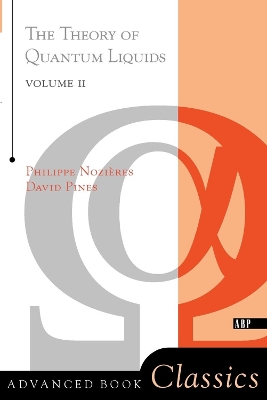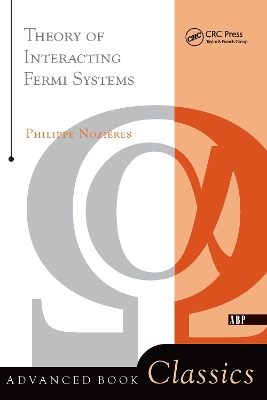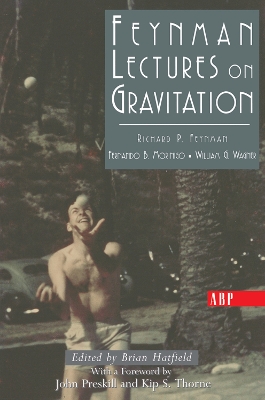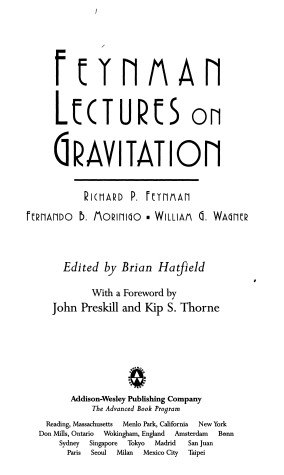Frontiers in Physics
7 total works
This classic graduate lecture note volume on statistical mechanics focuses on Physics, rather than mathematics. It provides a concise introduction to basic concepts and a clear presentation of difficult topics, while challenging the student to reflect upon as yet unanswered questions.
This book provides a detailed exposition of field theoretical methods as applied to zero temperature Fermi liquids. It is a product of a course taught in 1959–1960 at the University of Paris in the "Troisieme Cycle" of Theoretical and Solid-State Physics.
Feynman Lectures On Gravitation
by Richard P Feynman, Fernando B. Morinigo, William Wagner, Brian F. Hatfield, and David Pines






